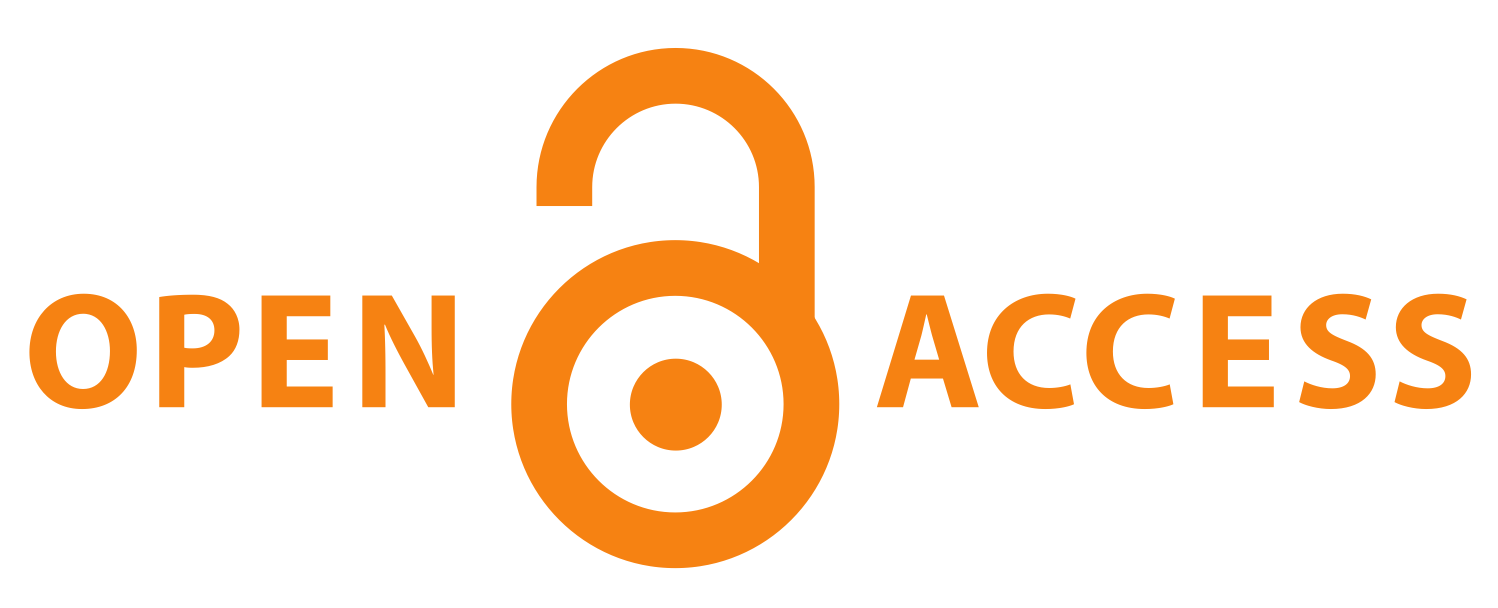Revolutionise Your Reading Experience with Scientia’s New Innovative Article Design
Discover a new era in science communication with Scientia’s groundbreaking new article layout and design format. Our journey, starting with a print science communication magazine, evolved in 2014 with the introduction of a digital version. The goal was to enhance accessibility and reach a broader audience. In response to the overwhelming demand for digital content and environmental concerns, we took the bold step of transitioning exclusively to publishing via a digital magazine in 2020 – a move that proved highly successful.
As our readership grew into the hundreds of thousands, it became evident that the traditional upright portrait view of magazine articles limited the multi-faceted uses of our content. In today’s information-driven age, Scientia is committed to pushing the boundaries of conventional design.
After extensive collaboration between our creative lab, leading editorial and design team, science authors, and readers, we are thrilled to announce the launch of our groundbreaking article layout and design format. This innovation is poised to enhance the reader and user experience, revolutionising the presentation of information.
Literally turning things sideways, Scientia articles will now be created in landscape format. Check it out:
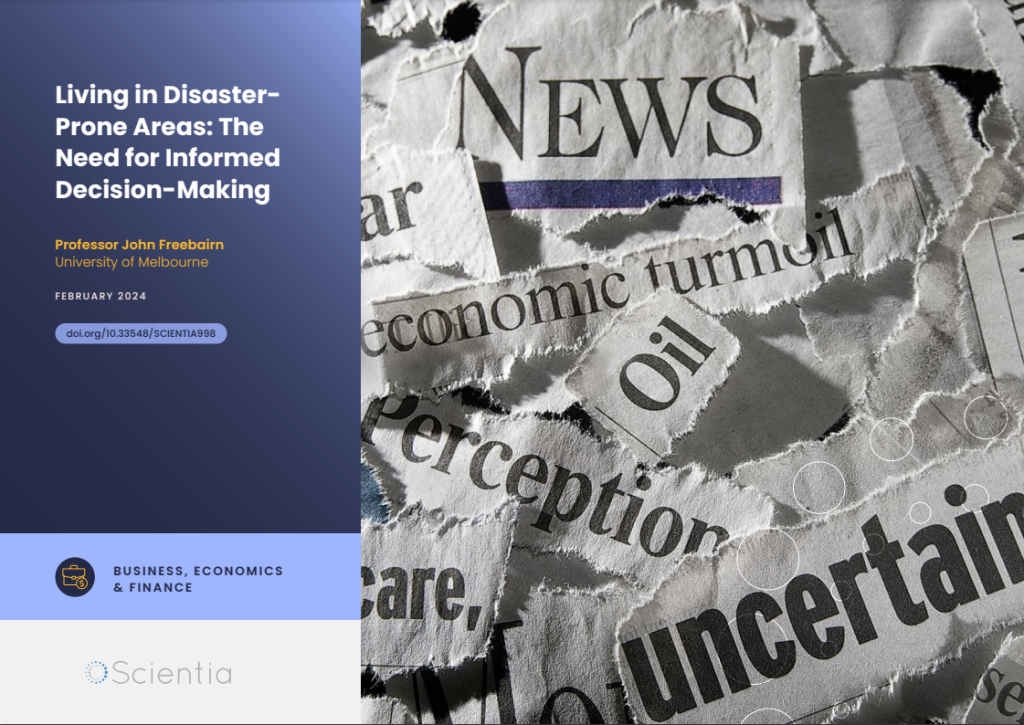
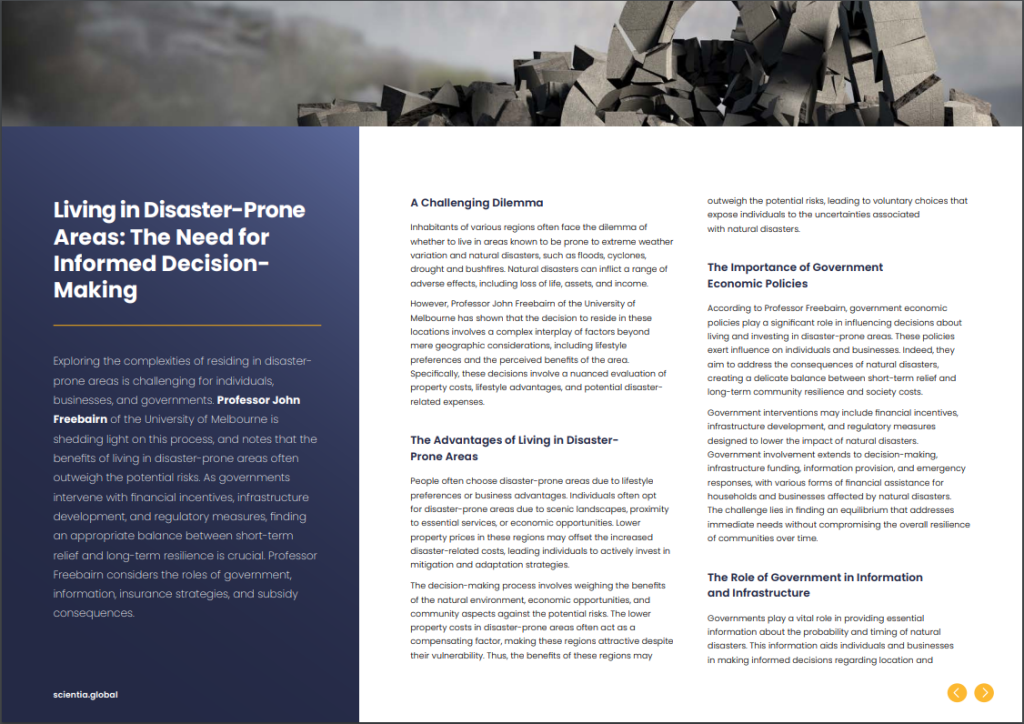
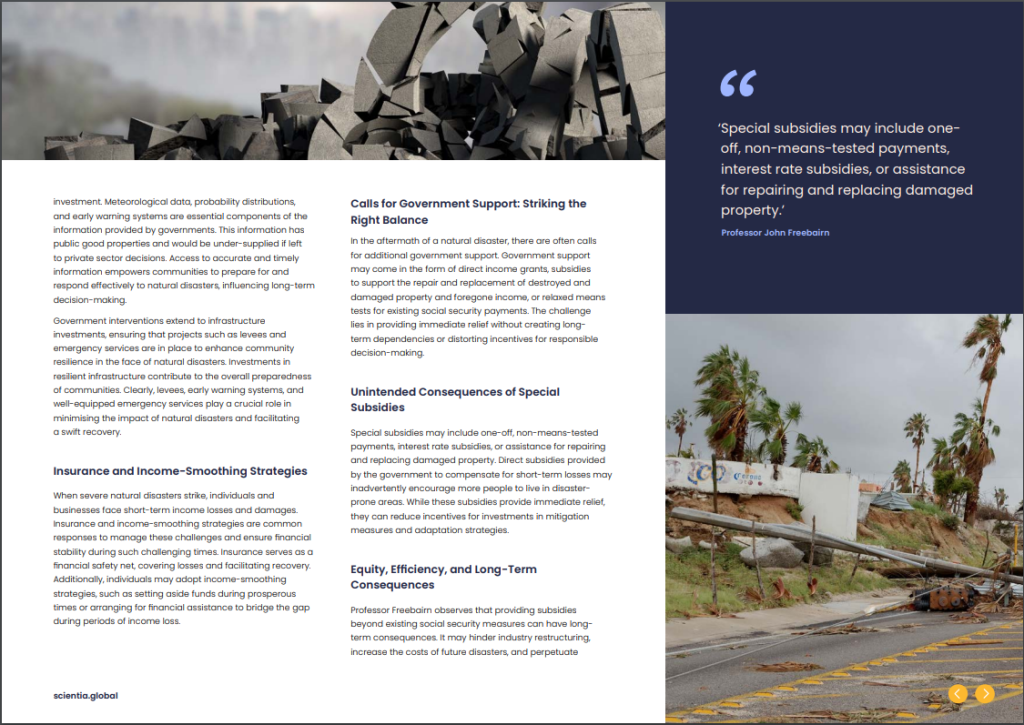
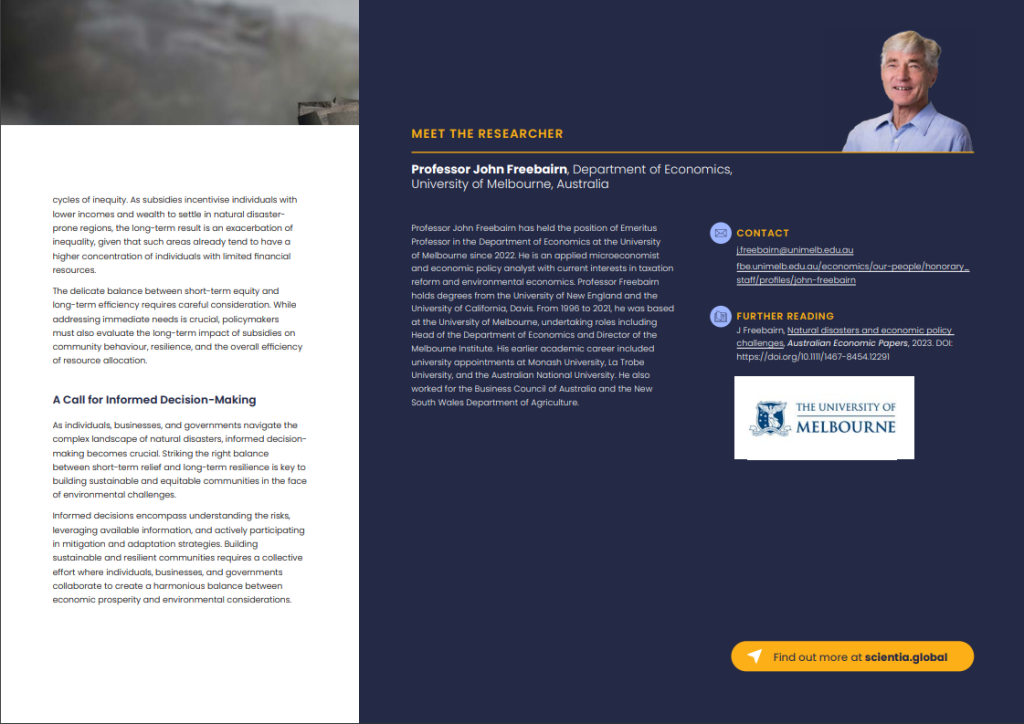
View in PDF format here.
Key Features of our New Design:
- Landscape Orientation: Enhanced readability for individual reading and various educational settings, including classrooms, conferences, and online presentations.
- Visual Appeal: The new layout captivates readers with a visually appealing design that complements the content. Striking visuals and thoughtful typography have been meticulously curated to engage and retain the reader’s attention.
- Enhanced Readability: Optimised for ease of reading, the new format employs strategic spacing, font choices, and colour schemes to improve text legibility. This ensures a smooth and enjoyable reading experience for individuals across various demographics.
- Interactive Elements: We introduce interactive elements within the articles, providing readers with a dynamic experience. From clickable multimedia content to embedded hyperlinks, the format encourages exploration and a deeper understanding of the subject matter beyond the article itself.
- Responsive Design: Recognising the diversity of devices used for accessing content, the new layout boasts a responsive design that adapts seamlessly to various screen sizes. Whether reading on a desktop, tablet, or smartphone, users can enjoy a consistent and optimised experience.
- Accessibility Features: Scientia places a strong emphasis on inclusivity, incorporating accessibility features and compatibility with screen-reading software, ensuring that everyone can access and benefit from the content.
Embark on a new chapter with Scientia’s innovative format. Explore and enjoy a more inclusive and engaging reading experience as we strive to educate a broader audience about the remarkable work of scientists across the globe. Join us in making science accessible to all.
About Scientia:
Scientia is at the forefront of science communication, revolutionising the presentation and consumption of science for both specialists and non-specialists. Our commitment to accessible communication, innovation, quality, and user experience drives us to continually push the boundaries of traditional scholarly publishing. Scientia remains dedicated to meeting the evolving needs of our diverse audience in the scientific community.
SHARE
ABOUT OUR NEWS BLOG
In addition to delivering the latest scientific updates through our publication, we enjoy offering our perspectives and insights on the realm of science communication. Here, we provide practical guidance for scientists and science communicators seeking to convey scientific information to a wider audience in a compelling and effective manner.
All posts are curated by the Scientia team and guest bloggers we invite. If you are interested in contributing and expressing your viewpoint, please reach out to us at info@sciencediffusion.com. We look forward to hearing from you!
REPUBLISH OUR ARTICLES
We encourage all formats of sharing and republishing of our articles. Whether you want to host on your website, publication or blog, we welcome this. Find out more
Creative Commons Licence (CC BY 4.0)
This work is licensed under a Creative Commons Attribution 4.0 International License. 
What does this mean?
Share: You can copy and redistribute the material in any medium or format
Adapt: You can change, and build upon the material for any purpose, even commercially.
Credit: You must give appropriate credit, provide a link to the license, and indicate if changes were made.
SUBSCRIBE NOW
Follow Us
MORE ARTICLES YOU MAY LIKE
Open access vs Public access the case for democratic outreach in academic communication
While the move towards open access and its benefit to the wider scientific community is laudable, it comes at a cost—a cost, like most publishing costs in academia, that is ultimately funded by the general public. In 2023, approximately 45% of academic papers were published as open access. This figure represents a continuation of the growth trend seen in open access publishing over the past decade. This figure is based on all OA models: fully open access (gold), green (self-archived), bronze (free to read without a clear license), and hybrid models. Approximately $2.25 billion of public funds were spent to make those academic papers open access.
A cynical case for outreach
PewDiePie’s mention of Diogenes of Sinope in his reaction video to his house being robbed ignited a remarkable surge of interest in the classical philosopher. Following the video’s release, an additional 80 million Google searches related to Diogenes were recorded in the subsequent week.
SciComm Corner – Opposites Attract: Art and Science
Art is often considered the antithesis of all things scientific. Where science is precise and methodical, art is passionate and creative; where scientists are introverted and rational, artists are expressive and emotionally driven. Unfortunately, this view often causes art to be unfairly disregarded by scientists who, naturally, value their own skills and processes and are unconvinced about the benefits of collaboration with the unknown ‘other’.
SciComm Corner – Translating numbers into words: Can science communication keep up with increasingly abstract research in quantum physics?
The theory of quantum mechanics is one of the greatest scientific achievements of all time – it’s the best description that we have for matter, energy and how those two things relate to each other at a fundamental level. But quantum mechanics is also incredibly complex, and poses an enormous challenge to our imaginations, describing situations which seem contradictory and impossible.

